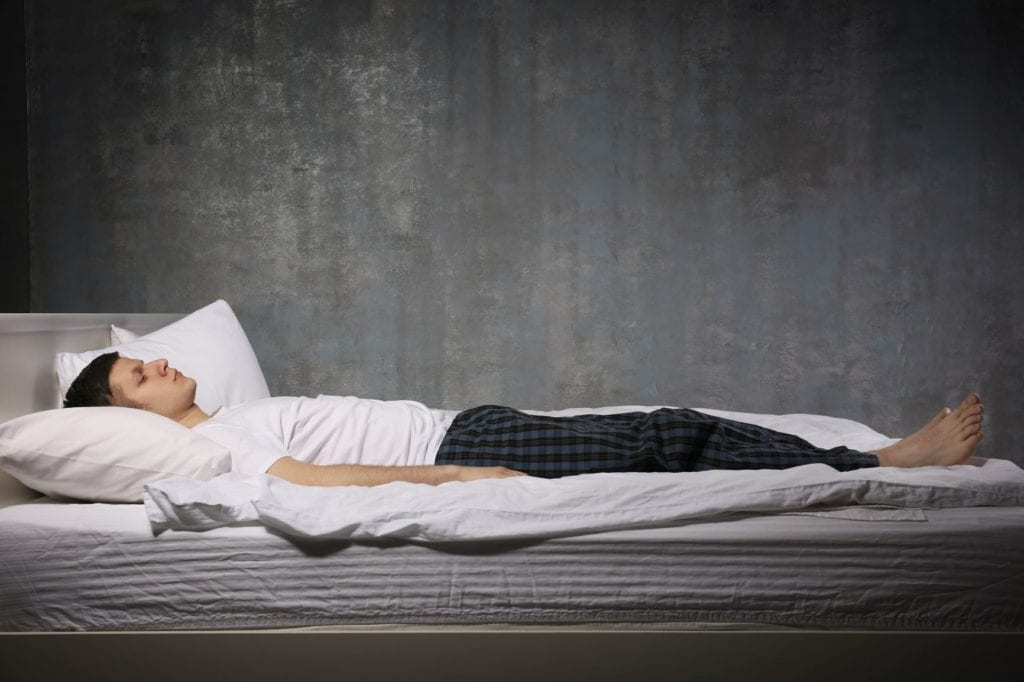Fight the Fear: Breaking Out of Sleep Paralysis

In my last sleep blog, we looked at sleep paralysis—what it is and why it’s not usually a serious health risk. Today, I want to explore some of the reasons sleep paralysis is so scary… and what you can do about it.
Sleep Paralysis and the Paranormal
Hallucinations that happen with episodes of sleep paralysis create a long and colorful folklore associated with this mind-body phenomenon. People have reported seeing angels, demons, aliens, ghosts, and witches—along with less lofty experiences, such as a teddy bear turning to look at the sleeper.
Interestingly, peoples’ experiences are related to their cultural beliefs and expectations. For example, reports of alien sightings during sleep paralysis only occurred after the idea of UFOs was popularized in the U.S. Many Christian sleepers report seeing or sensing demons. It seems much more likely that people on the edge of sleep are experiencing dream images formed from their own cultural expectations projected into the outer world by a brain that’s half asleep and half awake.
Breaking Sleep Paralysis
If you suffer from repeated cases of sleep paralysis, there are ways to minimize the fear—and the length—of each episode. Here’s what to do:
1. Relax. When you’re dealing with an episode of sleep paralysis, fear is your worst enemy. Remind yourself that you’re experiencing a natural effect of waking prematurely while parts of your brain and body are still “asleep”.
2. Focus on your breath. Breathing slowly and calmly can help to abate fear, and counteract some of the feeling of tightness or pressure on the chest. Breathe fully, but don’t worry about breathing deeply if it’s not comfortable. Just breathe.
3. Try small movements. Try wiggling your fingers, your toes, your tongue, or your eyes. Maintain your steady breathing and keep calm, even if moving doesn’t work at first. Within a few minutes, the paralysis will wear off. Often, one or two small motions are enough to signal the body that it’s time to wake up, and the sense of paralysis will be abruptly broken.
The most common “side effects” of sleep paralysis are pain or soreness in the muscles if a person fights repeatedly to move during an episode, or a sore throat if they try to call out. If you can stay calm during an episode and focus on slow, deep breathing, you should suffer no ill effects once the atonia wears off.
Author Bio: +Michelle Gordon is a sleep expert who researches and writes about sleep and health, and is an online publisher for the latex mattress specialist Latexmattress.org.


